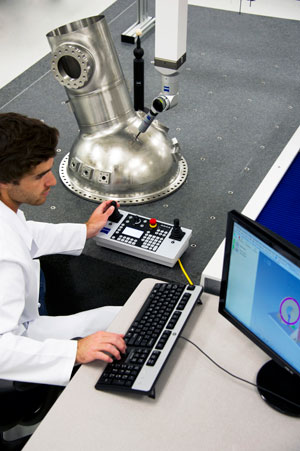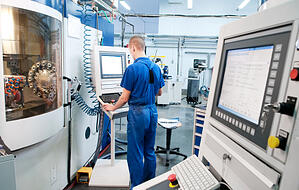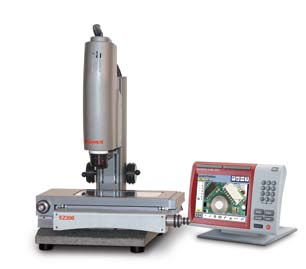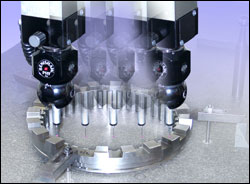 If you work in an industry that requires dimensional inspection, you know how important it is to get accurate, precise measurements in a timely manner. Poor testing procedures and equipment can cost you a lot of time and money, both in the short-term and in the long-term. In order to meet minimum quality standards you need the right equipment and a trained staff that knows how to use it.
If you work in an industry that requires dimensional inspection, you know how important it is to get accurate, precise measurements in a timely manner. Poor testing procedures and equipment can cost you a lot of time and money, both in the short-term and in the long-term. In order to meet minimum quality standards you need the right equipment and a trained staff that knows how to use it. Because such a high degree of specialization is required, many businesses opt to outsource dimensional inspection services to a provider that has the necessary expertise. In addition to being cost-effective, another benefit of outsourcing these services is the ability to obtain independent third-party validation.
Look for these seven features in a dimensional inspection service:
- Equipment quality - State-of-the-art measuring instruments are required to get the most precise measurements. Ensure that any provider you work with uses only the best available equipment.
- Facility quality - A good provider will have an environmentally controlled facility with high security standards. Customer confidentiality should be a priority and the provider's facilities and policies should be reflective of this commitment.
- Testing diversity - There are countless measurement and inspection needs across a broad range of industries. A provider that works across multiple industries and provides a diverse range of testing methods will be able to meet your dimensional inspection needs, no matter how your business changes over time.
- Trained staff - The most sophisticated equipment is useless without highly trained metrologists, test engineers, and technicians to operate it and analyze results.
- Regulatory standards - Look for a provider that is ISO 17025 accredited to the minimum standards required in your industry. All measurements should also meet NIST (National Institute of Standards and Technology) traceability standards.
- Reporting capability - Analysis of test results is a critical part of the dimensional inspection process. A good provider should be able to customize reports so that you and all other stakeholders can clearly and quickly understand the test results.
- Portability - In some cases, you may need the equipment and the testing personnel to come to your facility.
Q-Plus Labs meets all these criteria and more. We are a full-service provider with expertise in a variety of industries, manufacturing methods, and testing technologies. Whether you need to validate a valve for a race car, the curvature of a prosthetic, or a surface profilometry measurement for a machined part, our highly trained staff has the expertise and the technology to do it. Contact us today to learn more about the benefits of outsourcing your dimensional inspection needs.




 Dimensional measurement is useful for much more than just production line setup and quality control. Manufacturing businesses can also greatly benefit from
Dimensional measurement is useful for much more than just production line setup and quality control. Manufacturing businesses can also greatly benefit from 
 Dimensional measurement has very different meanings for different
Dimensional measurement has very different meanings for different  A recent
A recent 
